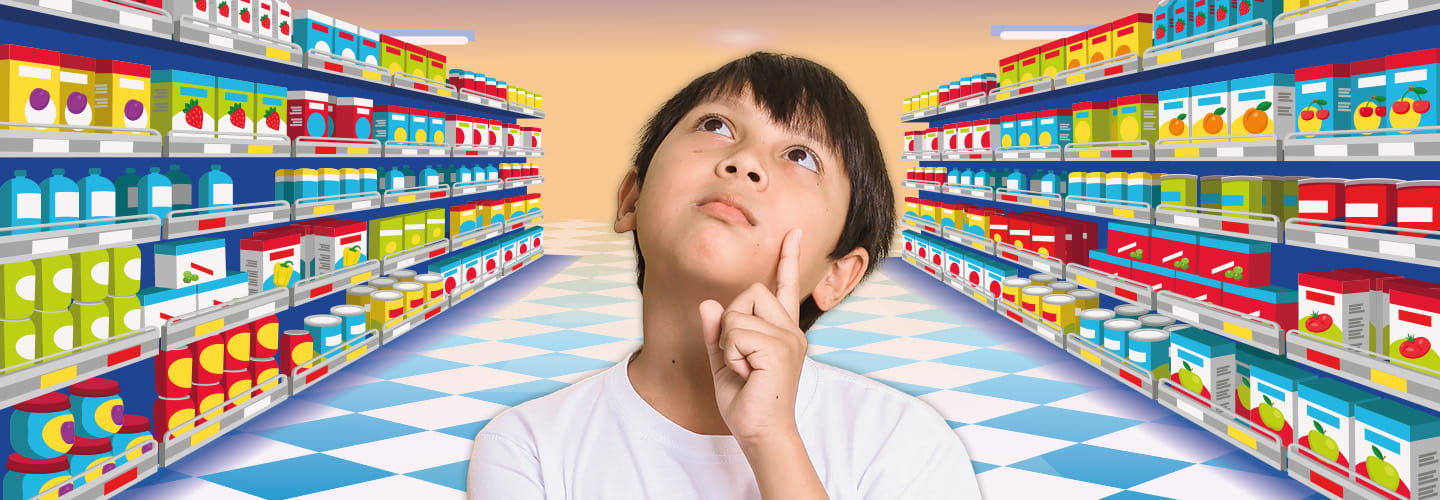You just got home from school and your stomach is growling. You open the fridge, looking for a healthy snack. But you aren’t sure what to choose.
If that sounds like you, the Food and Drug Administration (FDA) wants to help. The FDA is a part of the U.S. government responsible for protecting Americans’ health. It recently proposed changing the criteria that determine which foods can be labeled “healthy.”
The rules differ depending on the type of food. According to the proposal, a healthy cereal must have no more than 2.5 grams of added sugars per serving. Many sugary cereals have more than four times that amount! It must also have no more than 230 milligrams of sodium, a mineral in salt.
The FDA’s goal is to help Americans spot healthy foods—and make better choices.
You just got home from school and your stomach is growling. You open the fridge. You’re looking for a healthy snack. But you aren’t sure what to choose.
If that sounds like you, the Food and Drug Administration (FDA) wants to help. The FDA is a part of the U.S. government. It’s responsible for protecting Americans’ health. It recently proposed changing the criteria that determine which foods can be labeled “healthy.”
The rules differ depending on the type of food. According to the proposal, a healthy cereal must have no more than 2.5 grams of added sugars per serving. Many sugary cereals have more than four times that amount! Healthy food must also have no more than 230 milligrams of sodium. That’s a mineral in salt.
The FDA’s goal is to help Americans spot healthy foods. That way, people can make better choices.

